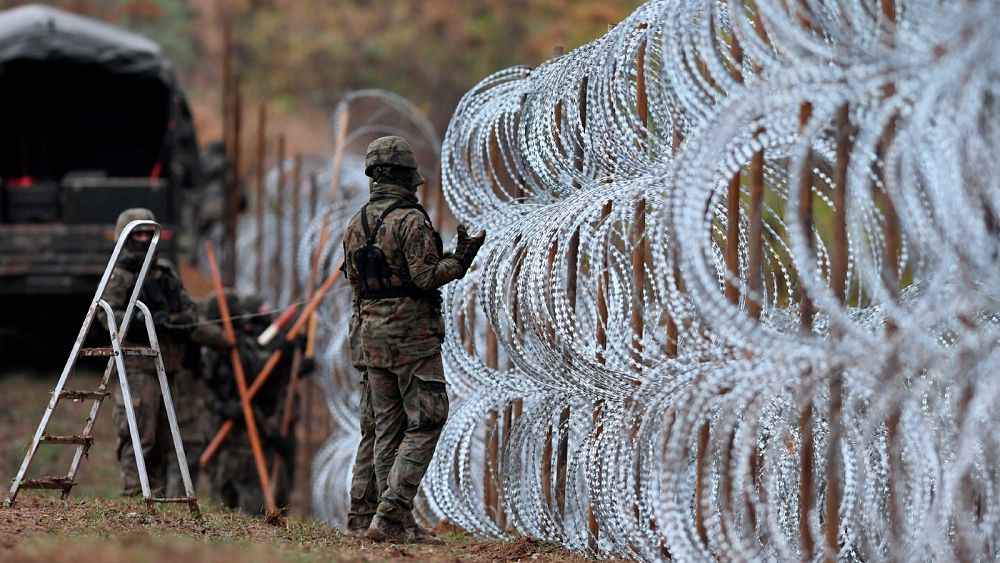Russia is likely to further “weaponise” migration from North Africa and the Middle East towards the EU this year in an attempt to destabilise and undermine the continent, according to a recent report by the International Centre for Migration Policy Development (ICMPD).
Moscow opened the Kaliningrad airport to foreign airlines as part of the ‘Open Skies’ policy in October 2022 and recently announced that it will increase the number of flights from North Africa and the Middle East.
The small Russian enclave, located between Lithuania and Poland on the Baltic Sea coast, is hardly a top tourist destination leading the ICMPD to predict that this will likely result in an increase of migrants attempting to enter the EU from a different route to the usual Mediterranean entry points.
Warsaw feared this outcome back in November, when it announced it was working on “sealing” the border. Polish Defense Minister Mariusz Błaszczak said a 2.5 metre high and 3-metre-deep barrier would be built along the Russian enclave.
“The reaction from the Polish authorities is a preventive policy. Russia does not have much time when it comes to the war in Ukraine, so it is trying to push many elements of blackmail towards the European Union, including migrants”, Agnieszka Legucka from the Polish Institute of International Affairs said in November.
It is not the first time that Russia has used migration to sow chaos. In 2021, Moscow encouraged thousands of migrants, mostly from Middle Eastern and African countries, to cross into Poland from Belarus, a close Russian ally.
During the crisis, Polish and other European leaders accused Belarus of masterminding mass migration to create chaos and division between EU countries.
Possible second wave of refugees from Ukraine
At the same time, the EU could see an influx of up to four million more Ukrainians in 2023, according to the ICMPD’s latest report. The organisation warns this could put immense strain on the EU and test its political unity.
So far, Europe has maintained its open-door policy towards Ukrainian refugees. Almost 8 million Ukrainians have fled to Europe since the Russian invasion in February 2022, according to the ICMPD.
But with reception facilities in many countries under severe strain and fears of a renewed Ukrainian exodus, tensions are rising between member states over how to handle migration. The warm welcome is giving way to fatigue as Europeans are pressured by rising inflation, a cost of living crisis and strained government budgets.
The ICMPD forecasts that the worsening economic situation in Europe will speed up EU discussions around legal migration options, including temporary work visa and mobility partnerships.
“Europe will set an ambitious pace to its discussions this year to prove agile enough to respond to migration issues on yet more fronts”, Michael Spindelegger, Director General of ICMPD, said.
“The growing number of partnerships between the EU and third countries is a very positive development, striking at the root cause of illegal migration but offering opportunities in departure countries and legal pathways to EU countries. Such partnerships, and a constructive stance on visa regimes, will help alleviate the pressure on southern and eastern entry point countries,” he added.
Read the full article here





